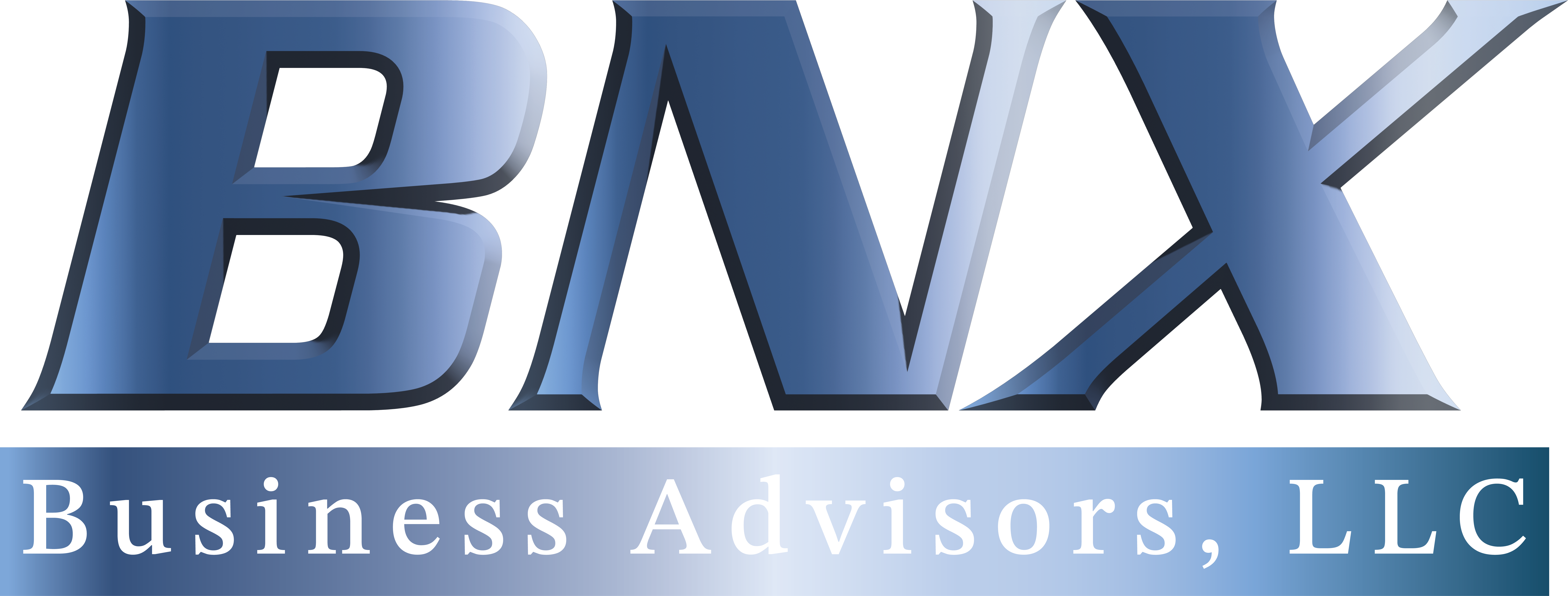
In the fast-paced world of business, mergers and acquisitions have become a common strategy for growth and expansion. While these corporate unions promise synergies and increased market share, they also present a myriad of challenges, particularly in the realm of human resources (HR). In the wake of such transformations, HR professionals find themselves at the forefront of redefining roles and navigating the complexities of merging organizational cultures, systems, and workforce dynamics.
The traditional role of HR as mere administrators of policies and procedures is rapidly evolving. Today, HR leaders are strategic partners driving organizational change and facilitating smooth transitions during mergers. In post-merger environments, they play a pivotal role in aligning people strategies with business objectives, fostering employee engagement, and preserving organizational culture.
One of the foremost challenges faced by HR in post-merger scenarios is the integration of disparate corporate cultures. Every organization has its unique values, norms, and ways of doing things. When two companies come together, there’s often a clash of cultures, which can lead to employee disengagement, resistance to change, and ultimately, failure to realize the synergies promised by the merger. HR must act as a bridge between the old and the new, facilitating cultural integration by identifying common ground, fostering open communication, and promoting a sense of unity among employees.
Communication is key in any merger, and HR plays a crucial role in ensuring transparency and clarity throughout the process. From the announcement of the merger to the integration of policies and procedures, HR must keep employees informed at every step of the way. By providing regular updates, addressing concerns, and soliciting feedback, HR helps to mitigate uncertainty and build trust among employees, paving the way for a smoother transition.
Moreover, HR professionals must also focus on talent retention and development during post-merger integration. Mergers often create uncertainty among employees, leading to talent flight and increased turnover rates. To prevent a brain drain and preserve institutional knowledge, HR must implement retention strategies such as career development opportunities, mentoring programs, and recognition initiatives. By investing in their people, organizations can retain top talent and ensure continuity during times of change.
In addition to retaining existing talent, HR must also focus on talent acquisition to fill skill gaps and drive innovation in the newly merged organization. This may involve redefining recruitment strategies, leveraging internal talent pools, and tapping into external networks to attract top talent. By aligning recruitment efforts with the organization’s strategic goals, HR can build a diverse and talented workforce capable of driving business success in the post-merger landscape.
Furthermore, HR plays a crucial role in harmonizing HR systems and processes to create a seamless experience for employees. This may involve integrating payroll systems, benefits programs, performance management tools, and other HR software platforms to streamline administrative tasks and enhance employee experience. By leveraging technology and automation, HR can improve efficiency, reduce administrative burden, and empower employees to focus on more strategic tasks.
However, amidst the flurry of integration activities, HR must not lose sight of the human element. Mergers can be emotionally charged experiences for employees, with feelings of uncertainty, anxiety, and even loss. HR must show empathy and compassion, providing support and resources to help employees navigate the changes effectively. Whether through counseling services, support groups, or wellness programs, HR can play a vital role in helping employees cope with the transition and thrive in the new organizational landscape.
Moreover, HR must also focus on building a strong leadership pipeline to drive the future success of the merged organization. This may involve identifying high-potential employees, providing leadership development opportunities, and grooming future leaders from within the organization. By investing in leadership development, HR can ensure continuity and stability in leadership roles, fostering a sense of confidence and direction among employees.
In conclusion, HR’s role in post-merger environments goes far beyond administrative tasks; it’s about driving strategic change, fostering cultural integration, and supporting employees through periods of uncertainty. By redefining their roles as strategic partners and change agents, HR professionals can help organizations unlock the full potential of mergers and acquisitions, driving business success in the ever-evolving corporate landscape. As we navigate the complexities of mergers and acquisitions in the years to come, one thing remains clear: HR will continue to play a central role in shaping the future of work.
